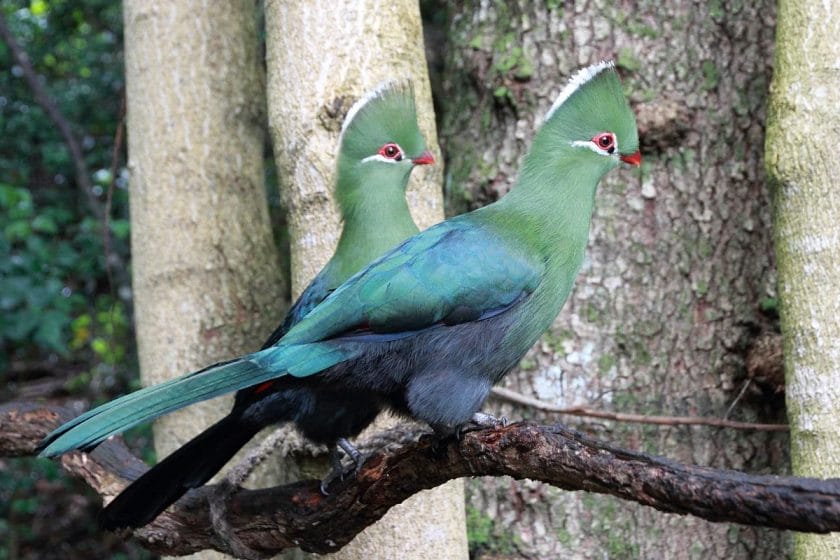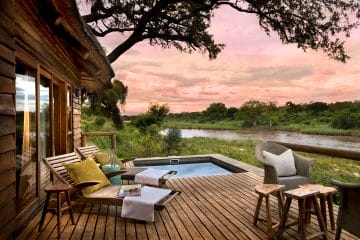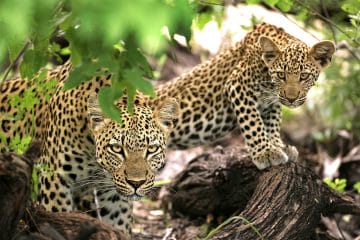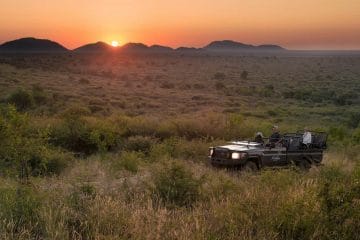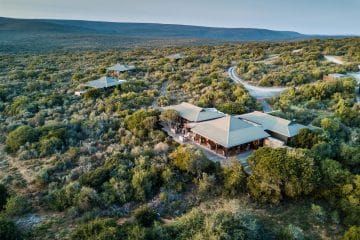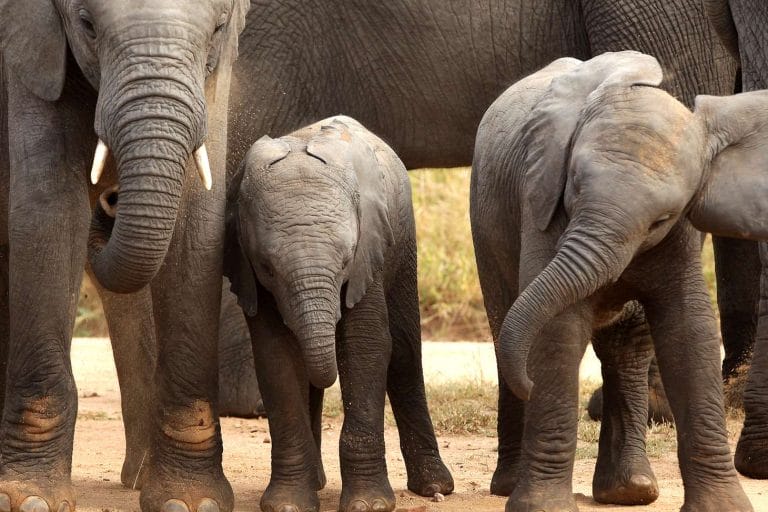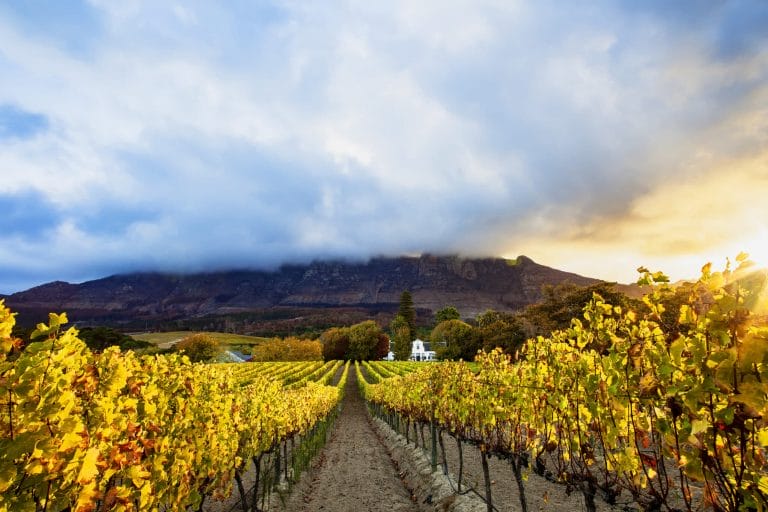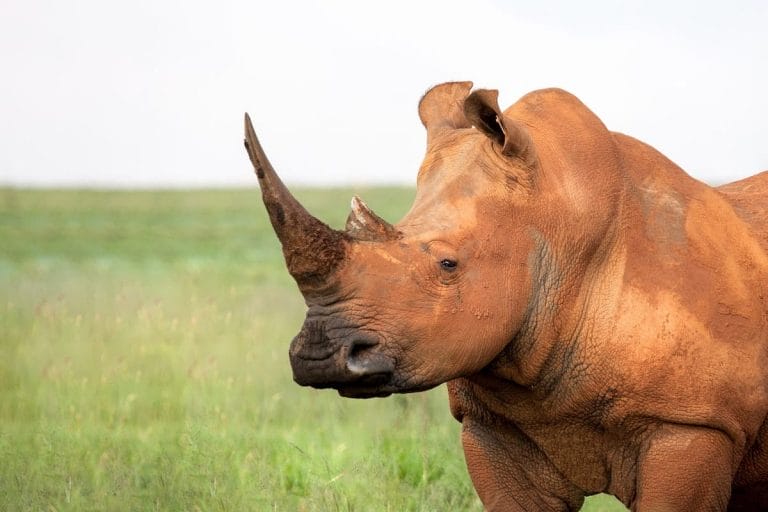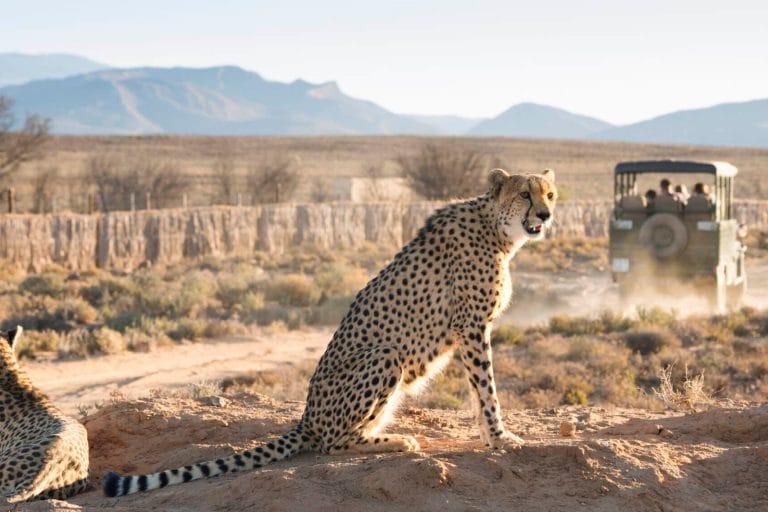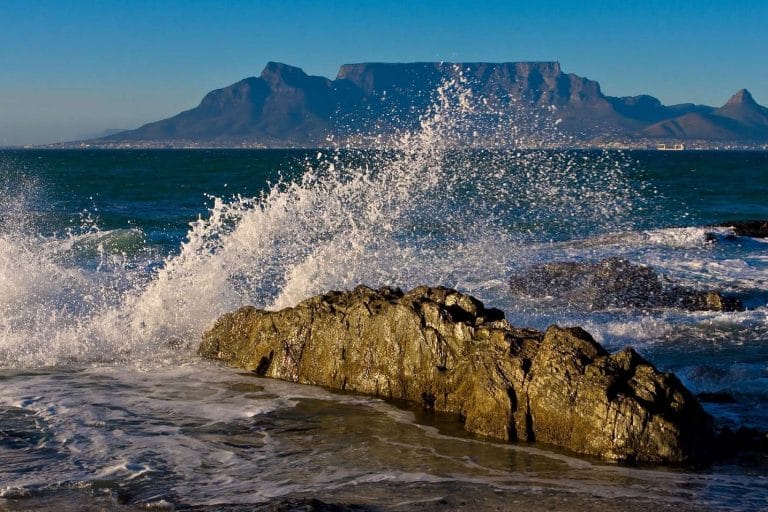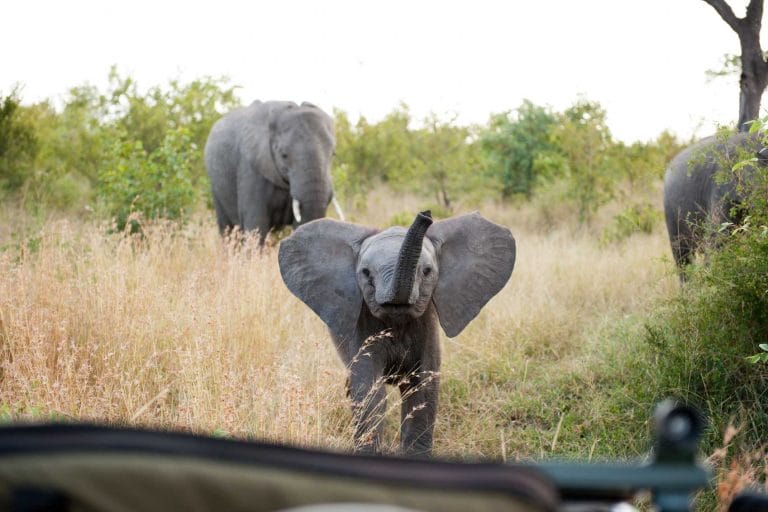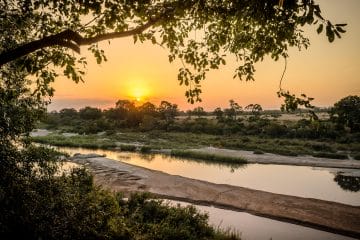Wildlife in South Africa

Several Big Five reserves protect the more charismatic large mammals associated with the African savannah. Foremost among these is the Kruger National Park and its abutting private reserves.
Still, other key safari destinations include iSimangaliso Wetland Park, Hluhluwe-Imfolozi, Madikwe, Pilanesberg, Addo Elephant National Park, and a variety of smaller and more exclusive private reserves.
These premier reserves all support healthy lion, elephant, and buffalo populations. South Africa stands as the world’s most important stronghold for rhinos (around 90% of the global population of White rhinos and Black rhinos is concentrated there).
At the same time, the private reserves bordering Kruger have few, if any, rivals when it comes to intimate leopard encounters.
Other wildlife associated with these reserves includes African wild dogs, cheetahs, spotted hyenas, giraffes, zebra, warthogs, baboons, and Vervet monkeys.

The country supports around two dozen species of antelope, ranging from the outsized eland and stately spiral-horned greater kudu to the gregarious Blue wildebeest and impala and arid-country specialists such as gemsbok, springbok, and the diminutive forest-dwelling Red and Blue duikers.
Several large mammal species are endemic to South Africa. The Black wildebeest and Blesbok are associated mainly with grassy habitats in the Highveld.
At the same time, the Cape mountain zebra and bontebok are fynbos-dwellers more-or-less confined to the Western Cape.
Marine wildlife is a strong feature of South Africa. The clifftop town of Hermanus offers the world’s finest land-based whale-watching, while other aquatic wildlife attractions range from caged shark dives at Mossel Bay and turtle-nesting excursions in iSimangaliso to the penguin colony at Cape Town’s Boulders Beach and dolphins that frequently visit many of the country’s bays.
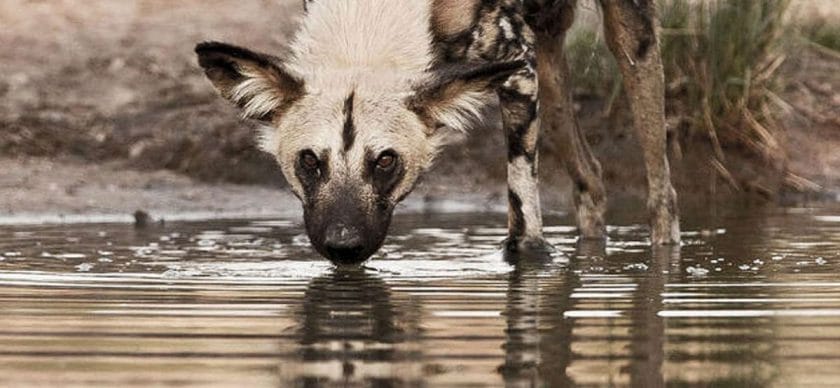
South Africa is a key bird-watching destination. The national checklist comprises around 840 species and includes the world’s largest bird (ostrich) and what is reputedly its bulkiest flying species (kori bustard), along with a dazzling variety of bee-eaters, turacos, parrots, rollers, and waxbills.
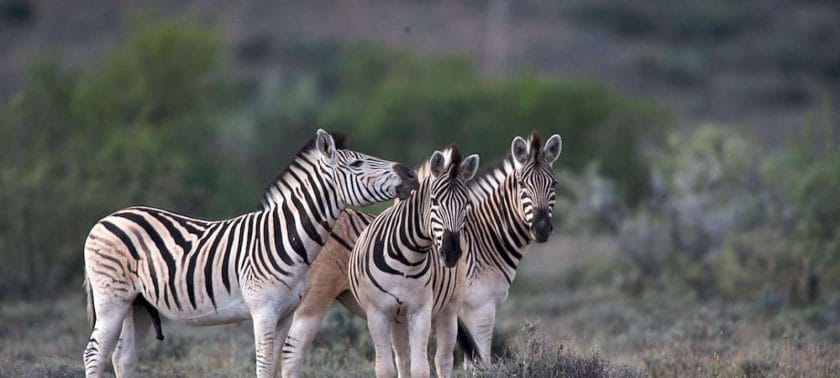
The national checklist comprises around 840 species and includes the world’s largest bird (ostrich) and what is reputedly its bulkiest flying species (kori bustard), along with a dazzling variety of bee-eaters, turacos, parrots, rollers, and waxbills. d several more are near-endemics with a range that extends a small way into Namibia and/or Botswana.

Avian variety is most significant in the southern summer (November-March) when several resident species assume a colorful breeding plumage and dozens of migrant species arrive from Europe or elsewhere in Africa.
There are several sites in South Africa, most notably perhaps Kruger, where a moderately skilled birder could tick 100 species in a day.
